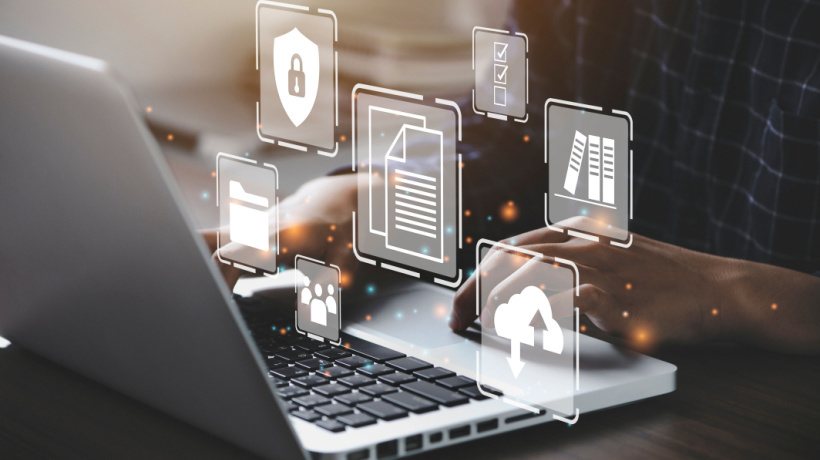Empowering eLearners With Special Needs
The scholastic world has changed just as much as the rest of the world over the last few years. With the jolt and disruption that COVID-19 brought, people in nearly every walk of life had to shift and adapt their everyday activities and responsibilities to remote systems and platforms. Of the many industries, the two that were perhaps most challenged during that time were hospitals and schools, since the welfare of people is a part of their responsibilities. The levels of attention demanded of administrators to enact healthy adjustments, while catering to the full spectrum of human developmental abilities, posed numerous complications. It is hard enough, in normal times, to try and ensure the health, safety, engagement, and care of persons who do not contend with special needs, but to do so in the middle of a world crisis must have been overwhelming.
Regardless, humanity has pulled through, and with it has arrived a greater understanding of how to manage systems in a technologically informed and enhanced way. Even though eLearning platforms had been available prior to COVID-19, the public and private sector's awareness of the nuances that should be attended to when serving persons with special needs has grown during this time.
The popularity of eLearning platforms has been on the rise for over a decade now, but the consistency of its implementation in educational spaces has only recently become a commonplace option, in addition to a more traditional learning environment. With the enhancement of ease of usability, faster networks, and program availability due to continuous technological advancements, eLearning now has plenty of options by which it can service most demographics. Adults with learning disabilities and special needs are also one. Here are some things to keep in mind when developing eLearning platforms for adults with special needs.
Understanding Special Needs
People with special needs are, sadly, often all lumped together. In the process, the nuance and beauty of the individual gets lost. Taking the time to better understand some primary categories of learners with special needs will help immensely when designing and constructing systems and programs for them.
Generally speaking, the term "with special needs" is used to describe an individual who faces physical, mental, or emotional challenges that may require additional help and assistance, sometimes through personalized services. These challenges can span from infancy to middle-age and seniority, so well-constructed and properly hosted learning environments should not only take this into account, but offer variants of courses depending on age. Once the age has been determined, the next thing to do is to narrow down which of the four main categories of special needs must be met.
- Developmental
Examples include autism, Down syndrome, dyslexia, dysgraphia, aphasia/dysphasia, as well as auditory and visual learning disorders. - Physical
This can apply to persons with temporary, chronic, or permanent physical ailments. Examples can include quadriplegia, asthma, epilepsy, spinal injuries, muscular dystrophy, and cerebral palsy. - Impaired sensory-motor conditions
This includes hearing impairments and visual impairments. - Behavioral and emotional
Common examples include ADHD, obsessive compulsive disorders, PTSD, anxiety, depression, and bipolar disorders.
With this basic summary in mind, here are some suggestions on how to incorporate this knowledge into the development of eLearning platforms.
Features Of eLearning Platforms For Special Needs
Building Strong eLearning Platforms
Accessibility is important to the learning process, generally speaking, but is especially needed when assisting those in a special needs classroom. In order to do so, it is recommended that both technological and pedagogical methods are employed.
Technological accessibility is maintained through the use of various hardware and software systems through platforms like websites, videos, and assistive technologies. Pedagogical methods are typically related to the availability of access to various resources and documents which have an intractable element. Being able to download, print, and work with these resources in groups or on a one-on-one basis provides the flexibility to cater to the specific needs of each person.
Sensory Barriers To Learning
So much of the senses are involved in learning. Sometimes, though, noise or lights can be too much. When people have the challenge of engaging with information while dealing with sensory issues, it becomes a much harder task to take in new facts and principles. eLearning platforms have created options for those with such challenges. Volume can be adjusted, font sizes and styles can be manipulated, and often, the extra visual stimuli can help those who are otherwise easily distractible to have more of an incentive to focus.
Space And Time
The rigors of test taking and the pace of lessons tend to create easily avoidable barriers to people’s learning abilities. Having the ability to adjust for more or less time to learn can often relieve the unnecessary added stressor of time constraints.
When combining that stress with the embarrassment that can accompany individuals' cognizance of their challenges in comparison to a classroom majority, it can be very demoralizing for students with special needs. Allowing people the choice and freedom to work in different environments, rewatching or listening to lessons at their own pace, creates added comfort and confidence.
Additionally, those students who are managing chronic health concerns may need to take time off from lessons, which can cause them to fall behind. Having the freedom to access materials while outside of a traditional classroom enables them to work through their physical needs while still being able to keep up with their education.

